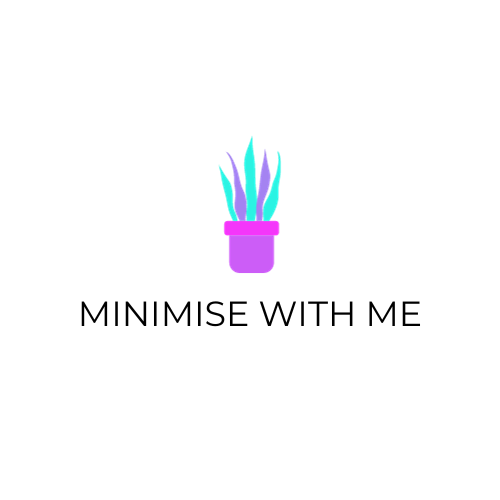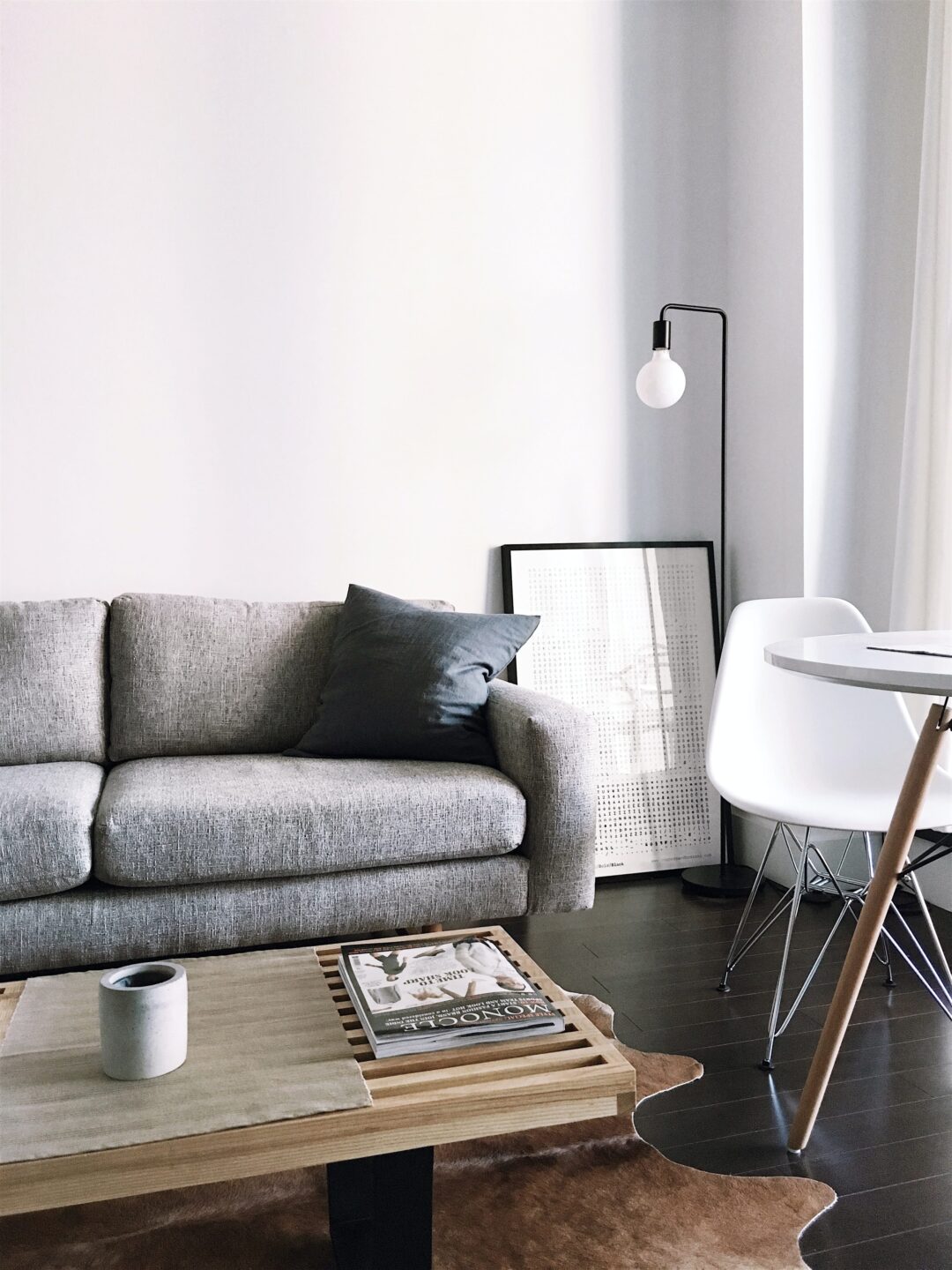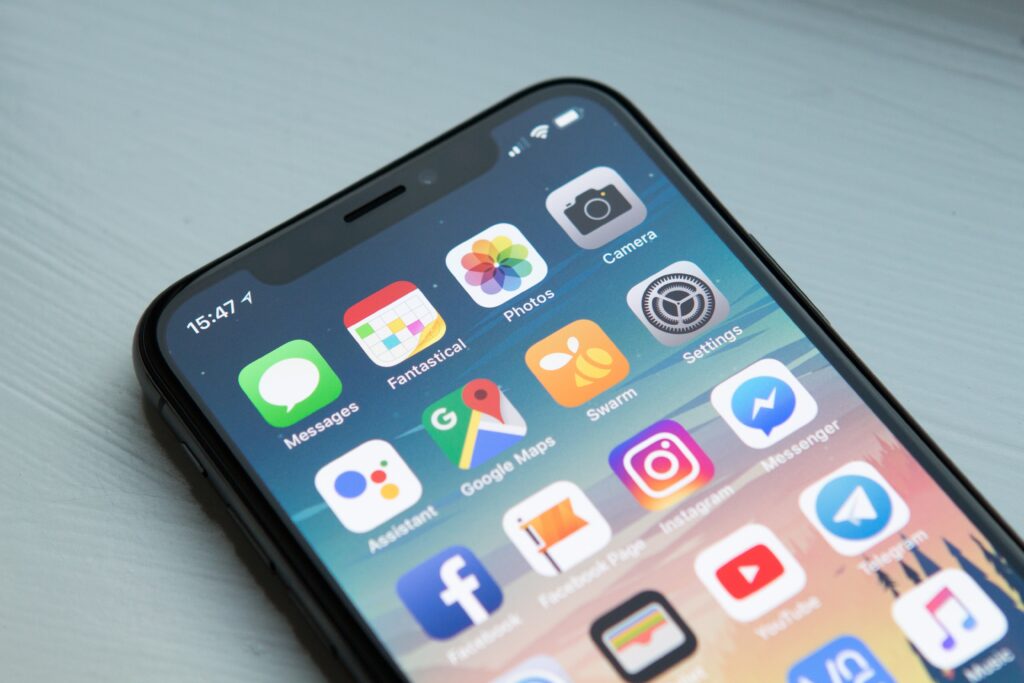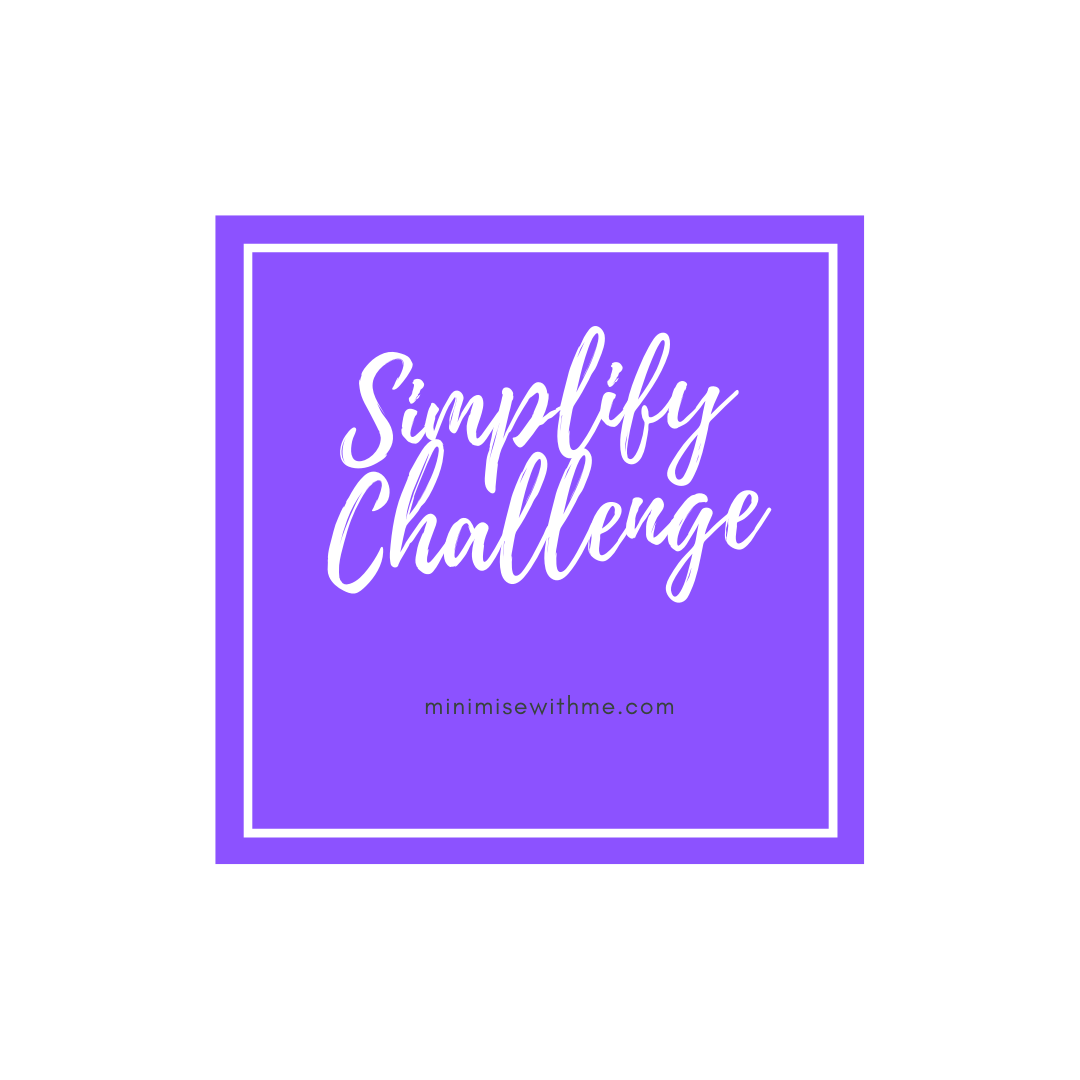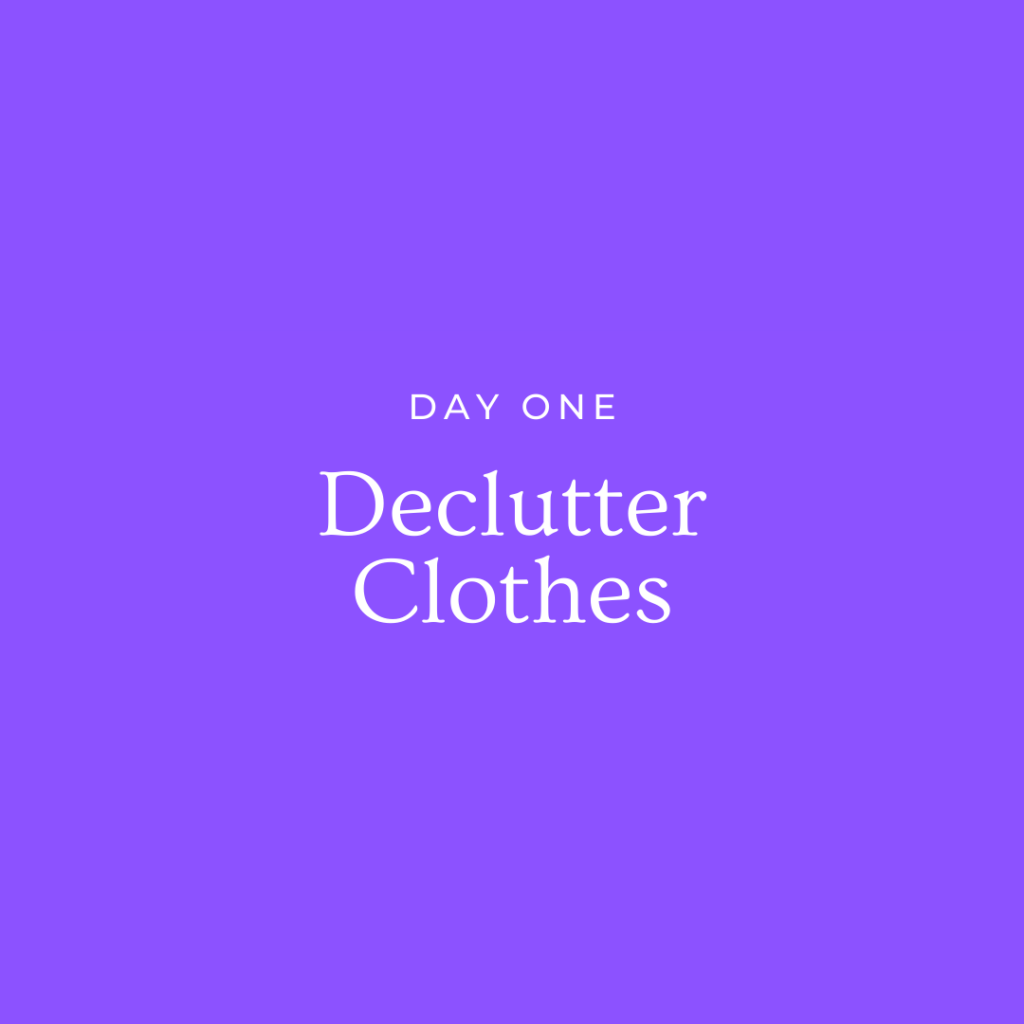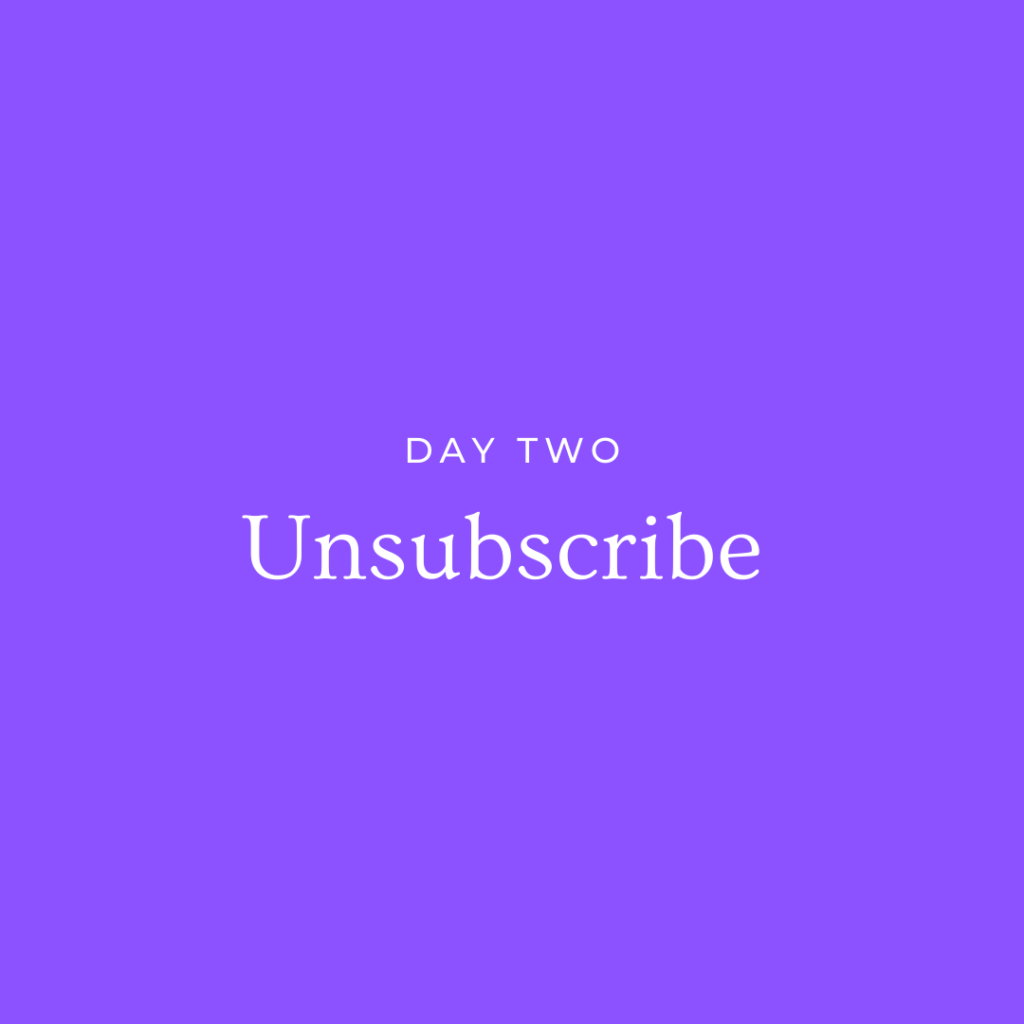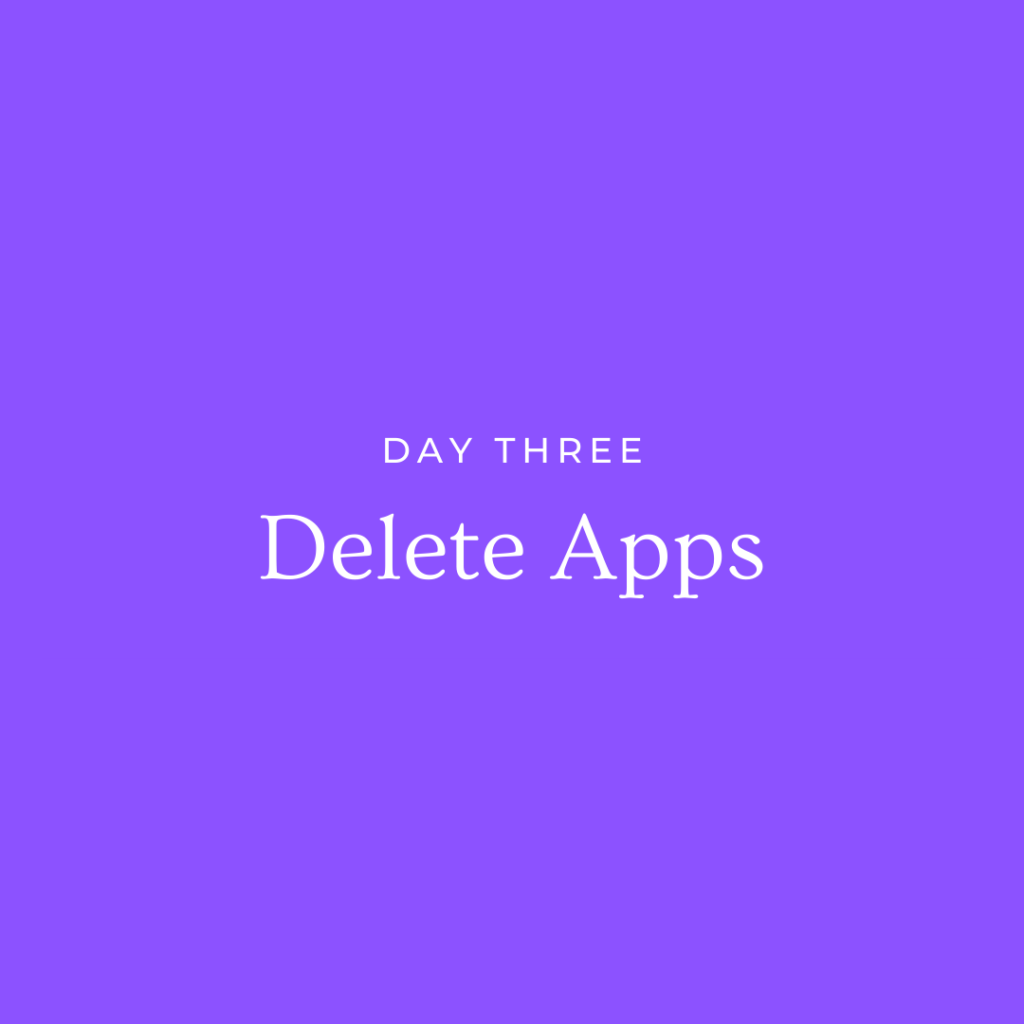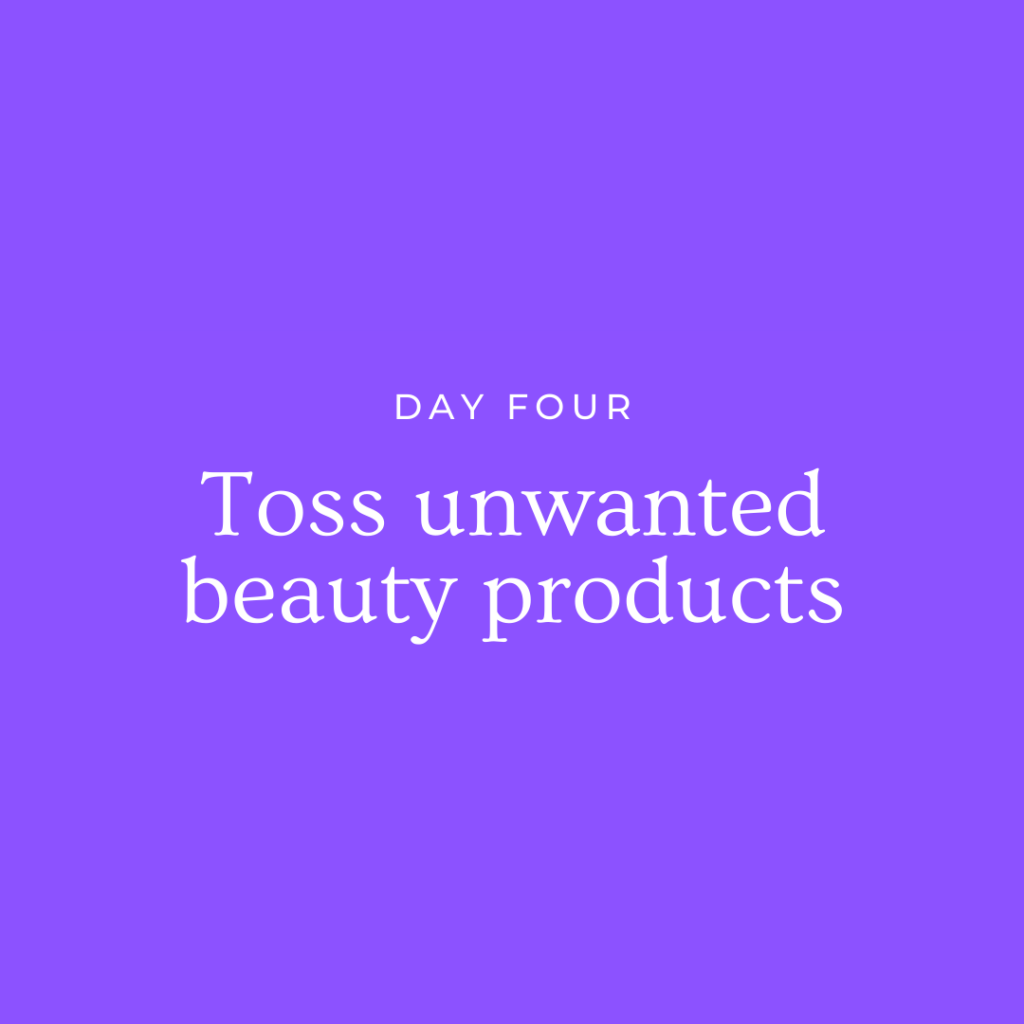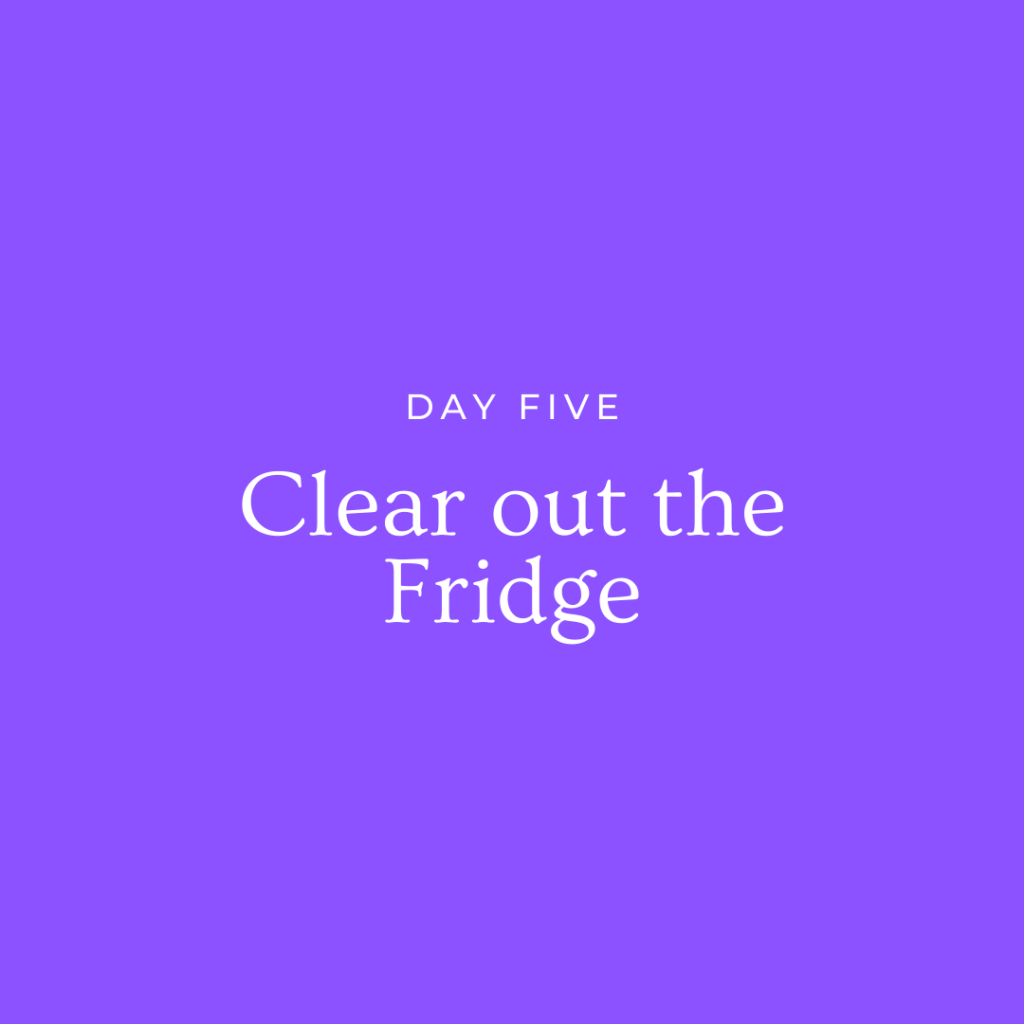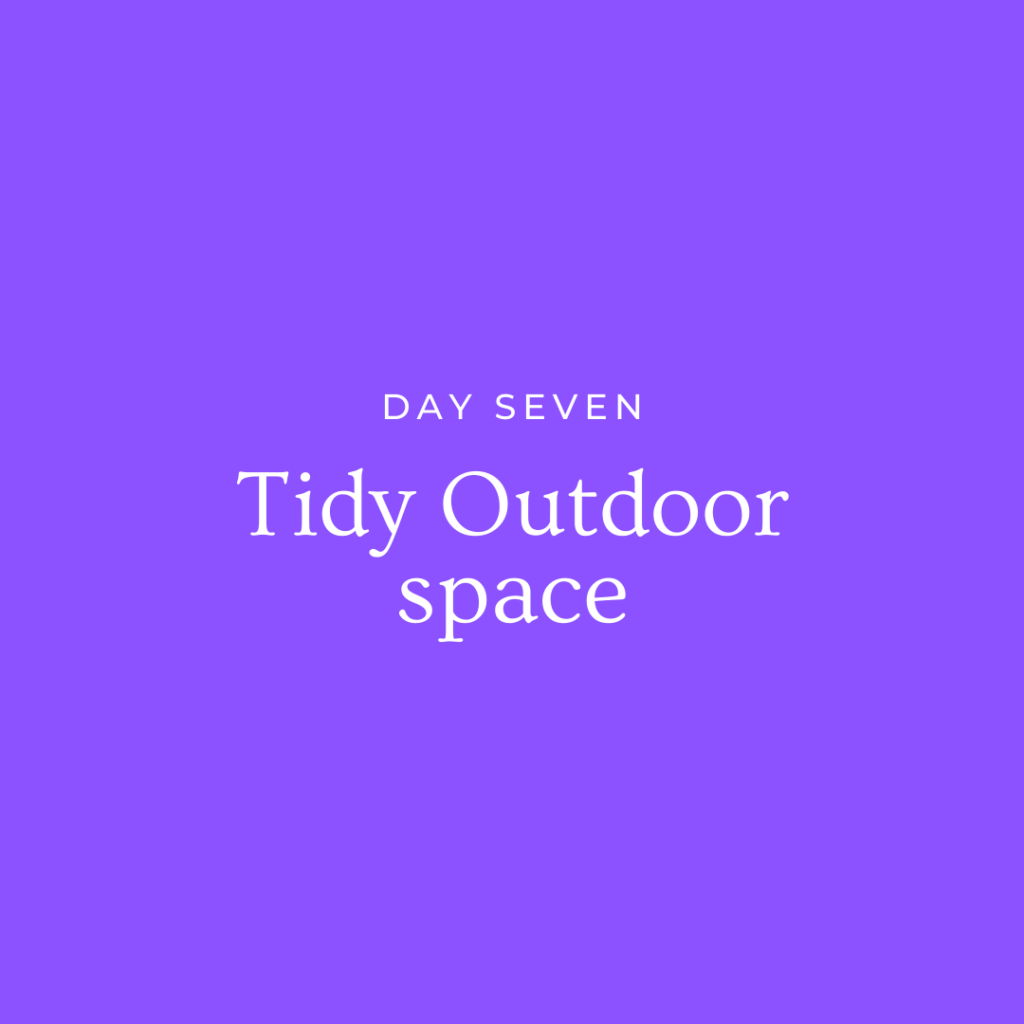I’ve been on this Earth now for 33 years and have picked up some financial wisdom, valuable money and life lessons along the way which have helped me to achieve financial freedom. This post is going to walk you through where I started my financial journey and how I gradually took on life lessons thrown at me to completely change my financial future to achieve financial freedom.
When I was younger, I didn’t know much about money. It was never something that was openly discussed in my family which can be a good and a bad thing. No one had ever sat me down and taught me how to handle money, how to save it, how to make it, or anything of that ilk. I did my best to pick up what money advice I could over the years from those around me. Even if they didn’t know they were indirectly teaching me.
Despite my lack of money education, I was lucky to be naturally drawn to save my money from a young age.
My first memory of money was having a large container when I was around 5 years old marked as barbie clothes, which I soon turned into a cash box to save all my coins. I remember feeling excited each time I went to count my money and see how much more I had saved and when I had enough to buy a new Barbie.
Growing up, both my parents worked full-time, I guess you would say we were middle class although money always seemed tight. We’d get a few outfits twice a year for Winter and at Christmas. We’d often miss out on school camps and some excursions and shop for clothes at Best and Less, Kmart or Op shops to save money. I never felt that we were well off, but we had what we needed and a lovely home and I was always grateful for that. Although my parents didn’t talk much about money to us, they always worked hard to make ends meet and my brother and I certainly picked up their hard work ethic.
When I was 14 my parents separated and my Dad soon moved interstate, which meant we went from a two-income family to a one-income family, and moved from a big, modern home in a relatively safe suburb to a small home in a not so safe area of Western Sydney known as Mount Druitt.
Looking back, I can only imagine the struggle my Mum faced trying to pay bills and a mortgage and raise two kids on a $38,000 salary. I am ever so grateful that my Mum was able to put a roof over our head, keep the lights and water connected, and afford basic groceries all whilst dealing with the stress of a marriage breakdown. Although we didn’t have much at the time, I knew that we had more than others and she was doing her best for us.
Given that, at 14 other than my basic needs, I was pretty much on my own financially which was quite the wakeup call. Mum had just enough money for our needs; the mortgage, electricity and water, her car and some groceries and that was about it. After those expenses, there wasn’t much left. We didn’t have an internet connection or a computer which placed limits on my studies at that time. And there were many occasions where I would buy my own dinner after work because there wasn’t much left at home to eat.
Anything a normal teenager would want or need was not in the budget. I often bought my own toiletries and makeup and if I wanted new clothes, money to see friends, a mobile phone or anything else outside the essentials, I quickly realised it was all on me. A hard reality to face for someone who had only entered their teen years, but something I had to accept and adapt to.
Soon enough, I turned 14 and 9 months and was legally allowed to start working after school. I set off with a friend handing out my resume to anywhere that would take it in my area. I got a job at my local Coles Supermarket within the month and was soon working fifteen to twenty hours a week to afford to pay for my own things: clothes, my mobile phone and have enough money to go out with my friends occasionally. I was stoked at the thought of having my own money for the first time and being able to go our with friends and not have to miss out on things I wanted.
On many occasions, I had to choose between hanging with friends or relaxing after school, attending family events and sometimes even working during exam periods instead of studying so I could earn my own money and have the things I wanted and needed. I knew that working was great for experience and my resume, but resented that I had to work for things I needed like clothes and shoes that other kids didn’t have to. Especially when I knew had I not had to buy those things for myself I could be saving up for my own car, education and other things that I needed.
My job as a supermarket cashier opened my eyes even further to the financial struggles around me that others faced.
I saw families at the supermarket where I worked have to put food back that they couldn’t afford to pay for and decide if they needed milk or bread more.
I watched a Dad once take money from his kid’s wallet to pay for his smokes and watched as that child looked on in sadness at their money being spent.
Being financially responsible for myself at 14 wasn’t necessarily ideal but it gave me important life and money skills and let me make stupid money mistakes early on, which helped me to get where I am today. I quickly learned that unlike many people around me, I had to rely on myself to get by: no one was going to fund my wants, bail me out of debt, buy me a car to drive around in or pay for my university education. It was all on me and if I wanted something I was going to have to work hard and make sacrifices to get it.
These early financial lessons helped make me who I am today and shaped my financial mindset from my teenage years until now. From an early age, my experiences and learning from those around me, made me very aware that I never wanted to have to struggle financially and I was going to do whatever it took to make sure I never had to live without my basic needs and wants.
I also want to do what I can to help other people to avoid similar financial struggles, so want to share with you how all these life lessons shaped my relationship with money and How I Went From Being Poor to Financially Free.
How I Went From Being Poor to Financially Free
These are the financial habits I developed over the last two decades, starting from a place where I had nothing, where I lived week to week and spent everything I earned almost as soon as it was in my bank account, to now, where I am consumer debt-free, can save and invest and have worked towards achieving financial freedom.
By Financial Freedom I don’t mean in the sense of I don’t have to work to earn money, or that I am rich, or even that I can spend my money frivolously on whatever I want. When I say Financial Freedom, I mean:
- Free from stress about money, not worrying about how you are going to pay your bills
- Consumer debt free – no repayments outside of having a mortgage
- Being able to afford more than just the essentials and live comfortably
And my goal is to help you learn basic fundamentals of money so you can achieve Financial Freedom too, no matter where you are starting from. Achieving Financial Freedom is not something I did overnight, or even in a few years. These are money habits that I discovered, implemented and persisted with, year after year, hitting one goal at a time. Here’s How I Went From Poor to Financially Free.
I Saved Up an Emergency Fund
A long time ago, I realised that financial emergencies were just a part of life and were going to happen whether you were prepared or not. I suffered from something called financial anxiety, a feeling of worry, fear or unease about your finances. As I mentioned at the beginning of this blog, I grew up without much of a financial safety net. If I didn’t have money for my car registration or car repairs or anything else, that was on me. I wasn’t able to just ask my parents to bail me out if I needed help. And many of us don’t have that option.
I quickly learned the importance of having a savings buffer, an Emergency Fund to take the stress and anxiety out of what could and would go wrong. Whether it be a flat tyre or oil leak on my car – or whatever other emergency came up, I didn’t need to make myself sick with worry over how I was going to pay for it. I simply used my Emergency Fund and built it up again as quickly as I could.
When you have an Emergency Fund to cover these unexpected financial emergencies, there is no need to pay for things with a credit card where you could potentially end up wracking up a huge amount of debt over the years. By having a small savings buffer of $2000 in my bank account I was able to eliminate any need to go into debt for small financial emergencies.
An Emergency Fund won’t appear overnight, but a slow and consistent savings plan, along with selling whatever you can will help you build one up sooner than you might think.
I Set Up Sinking Funds
When I was in my early 20s I had about $1200 saved up in my savings account which gave me that warm fuzzy feeling that kept my financial anxiety at bay. That was until I got my Car Registration and Greenslip bill in the mail and realised that I would soon only have $50 to my name until my next payday. This was the first time I realised that although I thought I had been financially responsible, even $1200 was not as great a savings buffer as I thought. From that day, I set aside enough for my car expenses plus repairs from every paycheck.
In the 12 years since then, I have never faced a situation where I didn’t have enough to cover a car service, a gift for my Mum or car repair because I made sure to also put away for these expenses in advance with Sinking Funds.
Sinking Funds, is just a fancy word for saving up for your annual expenses such as a Christmas fund, a holiday, your car expenses, medical expenses or any other need or want by taking a bit from each pay check, rather than waiting for the bill and wondering how you can find X amount of dollars in the next two weeks.
You can learn more about Sinking Funds and how they can help keep financial anxiety at bay here.
I Became Allergic to Debt
When I was much younger, I was never fully made aware of my family’s debt, but as I approached my teen years I was beginning to notice the financial stress it was causing my parents and other adults around me. This set a distaste for debt from a very young age: debt lead to stress and I didn’t like that at all.
That feeling was embedded in me subconsciously so much, that in my early 20s, I paid off any debt I took on with the ‘kill it with fire’ mentality. Making those debt repayments week after week, month after month did not sit well with me. I certainly had tried ‘to do debt’ and realised pretty quickly, that it wasn’t for me. So very quickly, paying off those loans became priority numero uno.
After that, I knew that I would never take on any more debt other than to buy a house.
If I wanted to buy something I needed to save up for it in cash, and only then could I have what I wanted. AfterPay and other payment options have come into the market and I still treat them the same – If I am not using my own cash I am not buying it. It’s a rule that has allowed me to save myself some of the financial pain that many others face when stuck in the cycle of debt.
I Adopted a Minimalist Lifestyle
When I was in my late 20s, I discovered the Minimalists and soon fell in love with the Minimalism Lifestyle. As someone who had grown up in a family of many hoarders, this new way of life: where you simplified, and only brought into your home what you loved and what added value, quickly caught my attention.
In a couple of years, I had managed to declutter over 70% of mine and my husband’s belongings as well as taking a long hard look at my spending and consumer habits. I realised how often I shopped as a past time, rather because I needed anything but out of entertainment and boredom.
Minimalism helped me to realise how many things we had bought into our home that didn’t add value to our lives.
Over much self-reflection time, I was able to rethink my prior spending habits that weren’t adding to my happiness, instead just adding to my anxiety. Over the next few years, we donated what we no longer wanted or needed, sold our clutter and made some serious cash and cleared the excess in our home.
We became much more intentional with our spending and learned to make do with what we had.
Minimalism has provided a whole new level of financial freedom and helped me to stop chasing that ‘more is better’ attitude.
We buy less impulsively and we are more content with what we have and less concerned with impressing those around us.

Stopped Bracket Creep
Every paycheck you receive is an opportunity to change your financial future if it is used with intention.
A couple of years into getting my first full-time job I set myself a spending budget and stuck with it through the years. Getting a pay raise in the past had been an excuse to spend more and celebrate, but I quickly realised that if I spent my raise as quickly as I had earned it, I was not going to have anything to show for my increase in income over the years.
Instead, I set a monthly spending budget for myself and kept it at that amount, regardless of the raises or bonuses I earned. If I got a raise, I would work out the new amount above my last pay and transfer that extra cash to a savings goal each month – whether it be to my mortgage, consumer debt, a savings account, or investing. Of course, each year there were some expenses that would go up like home and contents or health insurance and so on, so I would take out what I needed to cover those increased costs but made sure what was left I saved.
Although it may be difficult at first to stick to a spending budget, in time it will get easier as you get used to your budget. And we all work hard for our money so the more intentional we are with how we spend it the better we will feel 🙂
I Budgeted and Automated My Savings
If you have to rely on yourself to manually save money each paycheque you are probably going to find that you will struggle to save money. Some of you Savers out there might find it easy to save money, but not all of us are so naturally disciplined with money, so for the Spenders out there (And I get you, these days I fall somewhere in between both types) taking the leg work out of savings is going to remove a huge barrier to you becoming financially free.
When I first started working full-time I had no plan for my money and only saved what was leftover at the end of the month. With no plan in place for my money I was on a path to just let my paycheck slip through my fingers. And I did just that – some months I saved nothing, other months I managed to put away a few hundred dollars. After a while of just ‘winging’ things with my money, I realised that I had blown half my annual salary and had next to nothing to show for it (including 6 years of casual work before it!). I looked around at my old car, my wardrobe and the small number of possessions I had, namely a stereo, guitar and laptop and wondered where all my hard-earned money had gone.
When this reality sunk in, it bothered me. I realised that my more casual approach to finances was going to lead me into missing out on some huge financial goals, like traveling and saving up for a first home deposit. At 22 I was pretty keen to move out as soon as I could so blowing my cash wasn’t going to be something I could do for much longer if I wanted to achieve any of those goals.
It wasn’t until I created a budget and set up my automated savings transfers that I started to make progress with my savings goals. By setting up automatic savings transfers I took the work out of saving, and it also made it easier to stick to my budget as I knew what I had left to spend. My savings were already accounted for and safely in a separate savings account earning interest and working towards my bigger financial goals.
If you want to achieve Financial Freedom, don’t leave saving money, or your financial goals up to fate. Take charge today, create a budget and tell your money where to go in advance, before you spend it.
You want to ideally be saving 10-20% of each paycheck. If you can’t save that much, even a small amount from each paycheck goes a long way and will help you to build your savings muscle.
Need help with getting started with Saving Money? Check out my 52 Week Savings Challenge!
I Lived Within My Means
If you spend more money than you make and use credit to fund your lifestyle you are living beyond your means. With credit so easily available today, many of us do just that. This lifestyle is all around us. It’s your workmate who just bought a brand new BMW with finance, it’s your friend who has an expensive wardrobe but only works as a cashier, it’s that friend who always seems to have the latest phone, guitar or insert whatever gadget you like here.
The reality is when you spend more than you make you are never going to get ahead financially and stunting your financial future.
So many people take on debt solely on the basis that they can afford the repayments today.
What many don’t realise is that at any moment (and an ever more real reality with the current coronavirus pandemic) you could find yourself unemployed, or have an injury where you need to take an extended amount of time off work. And in these times, those debt repayments are still going to fall due regardless of your circumstances.
Eventually in time, if you don’t check your need to have the best of everything and stay on a debt trajectory your debt will catch up with you and you may find that you are unable to make even the minimum repayments on your debt.
Once I made the decision to live within my means, reaching financial freedom became an achievable goal rather than a faraway dream. When you aren’t playing catch up week after week and paying for purchases you shouldn’t have made weeks, months or years ago you can start to use your money to achieve your not so distant financial goals.
I Learned From Other People’s Mistakes
Growing up I did my best to take in the world around me. This taught me a lot of what I know today, even though these “lessons” weren’t taught to me in any direct fashion. Here are a select few lessons that had the most impact on my relationship with money and lead me to want to achieve financial freedom as soon as I could.
- My grandfather passed away when I was 14 at a young 73 years old. One of the things that really hit me at such a young age, was that he had only retired from working full-time two years earlier. That really struck me and has stayed with me to this day. I knew that old age isn’t a given and I didn’t want to work my entire life and die suddenly a couple of years into retirement without any time to enjoy life. I have known that working until I die is not something I want and I was going to do anything I possibly could avoid that scenario in my older years.
- I had watched many people around me chase bigger houses and brand new cars and more and more stuff which came with more and more debt. I knew these people around me worked long hours and went to work up to six days a week in order to pay for these things and it never really made sense to me to have a lovely home that you never had any spare time to enjoy with your family. As a young adult, I knew I wanted to avoid being stuck working to exhaustion just to have a nice big home and a new car every few years. I saw the value in my time over what money could buy.
- Growing up I never travelled with my family. I left my State, NSW for the first time when my father moved to QLD when I was 16. Other than that, apart from travelling to local beach suburbs close to home and any school excursions or occasional camps my parents could afford, I didn’t do any traveling at all. I wouldn’t travel interstate again until I was around 20 and could pay my own way.
I felt like I lost so much time in my youth where I could have travelled and explored new places. My family never had the money to travel, and never treated experiences as a priority. That was something I realised as an adult that I wanted to change when I had the means to do so.
These few life experiences stood out to me from a young age and further cemented my desire to make my life different.
- When I was in my mid 20s I bought a house I could afford, rather than one that was going to cause me to lose sleep night after night.
- When I was 24 I went on my first overseas holiday and have since been to over 12 countries
- And I will do whatever I can to retire well before my 70s as my Grand Dad did.
These were just some examples of things I noticed growing up and they were always in the back of my mind and played a part in how I chose to spend my money.
I Gave Myself Permission to Spend My Money Where I Saw Value
To be financially free doesn’t have to mean that you miss out on all the fun things in life, but it does mean that you need to be a little more selective with spending your money.
I personally love to travel and would forgo other things that didn’t mean so much to me, like having a nicer car, the latest phone or designer clothes so that I could afford to put more towards my travel budget.
And these savings don’t even need to necessarily mean that you miss out on something you want. These are some ways I have saved money to spend on things that added value to my life, like travel without necessarily having to cut back on things I want.
- Instead of paying $50 a month or more for a Foxtel subscription, we signed up for Netflix which was only $10. We get the same experience and value from this for 1/5th of the price.
- I made sure to research service renewals regularly rather than just paying the bill without a thought. When the insurance renewals came though I would get two more online quotes and then call up my insurer to see what was the best deal I could get from them. This didn’t take very long and had saved me money that I could spend on things that added more value to me, over lining the insurer’s pockets.
- I researched phone provider plans every six to twelve months to make sure I was getting the best bang for my buck.
- Instead of owning 50 pairs of shoes that I bought on the cheap, I slowly replaced my shoes with more quality pieces that would last longer and be more comfortable, saving me money and pain in the long term!
- I spend 10 minutes a week meal planning in order to spend my grocery money more effectively, reduce food waste, and save money. As a bonus, I get to make amazing food that I love!
- I checked my mortgage interest rate every 6-12 months to make sure I was at least getting their best-advertised rate, saving me thousands on my mortgage each year.
If you take a small amount of effort to save in the areas that don’t matter so much to you, (no one gets joy from overpaying on their insurance) and continue to build on these money savings habits, over time the savings will compound and you’ll have more money to enjoy life, pay down debt and save or invest.
These are all financial behaviors I learned and adopted over the course of my adult life that have helped me go from living week to week to living a more financially free life. I hope they will help you to find ways that you too can break away from financial stress and anxiety and achieve financial freedom.
Want to Know More About How You Can Set Yourself Up on a Path to Financial Freedom?
If you would like to learn more about how you can achieve financial freedom, don’t forget to check out my new course Financial Minimalism: How to Set Yourself up on a Path to Financial Freedom.
This week’s comment question: What is the most important financial lesson you have learned to date? Let me know in the comments! 🙂
If you found value in this post I would be super appreciative if you could share it with others who might also find value in it 🙂

